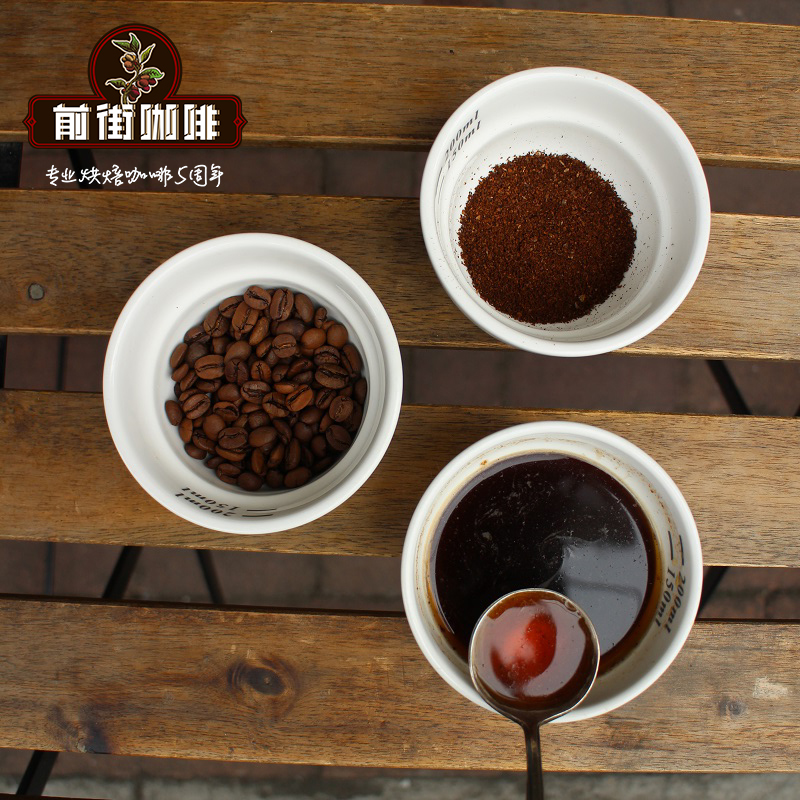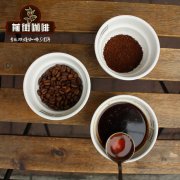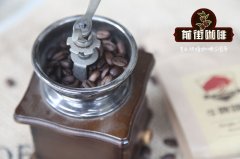What is the flavor and taste trend of Burundian coffee? Planting climate, environment and history?

Professional coffee knowledge exchange more coffee bean information please follow the coffee workshop (Wechat official account cafe_style)
What is the flavor and taste trend of Burundian coffee? Planting climate, environment and history?
AA of Burundi, a coffee guest from a small country in inland East Africa, came together this morning to send 15 grams of beans baked yesterday into Xiaofei Mali. as soon as the switch was turned on, the smell of coffee rushed into his forehead. It is not very appropriate to describe it as coffee, but it is more appropriate to describe it as the taste of compound essential oil.
With about 90 degrees of hot water, slowly into the coffee, looking at the inflated coffee powder, this is the scene of fresh coffee, ah, in the steaming stage has a slight sweet aroma escape, wait for about 30 seconds, coffee powder slightly collapsed when the second injection of water, and clockwise around the size of about 50 yuan coin slowly injected hot water, at this time the sweet aroma is more rich, and there is a slight smell of chocolate.
Bury your nose at the top of the cup and smell the aroma of coffee. The aroma of sweet grass and citrus instantly fills the nasal cavity with a slight creamy aroma.
When sipping, there is a faint smell of perfume going up to the bridge of the nose, sweet in the front, sour in the middle after the coffee is cooled, and mint in the back, which is slightly bitter but can be turned into sweet.
The deficiency may be a little astringent, of course, as far as the beans just baked yesterday are concerned, this is acceptable, and after another day or two, the astringency should gradually dissipate.
The Republic of Burundi, a small war-torn landlocked country in East Africa, is slightly smaller than Taiwan and has a population of about 8 million. The economy is dominated by agriculture, which makes a living for nearly 90% of the people. Coffee is one of the main means for the country to earn foreign exchange. Over the past five years, with the help of international aid programs, Burundi has helped farmers grow high-quality coffee in exchange for land ownership.
The Micro-Lot from Qijama is grown at an altitude of 1800 meters above sea level and is located in the high mountains near Luanda in the north of the country. Coffee grown in this area is usually harvested and sent to the local state-run washing treatment plant for further operation.
The reason why it is called "very few batches of beans" is due to the use of the local endemic bourbon old species-Mibirizi, the name comes from the first bourbon tree that was transplanted from Guatemala to Luanda more than a hundred years ago. after adapting to the climate, it is very precious to be planted in Burundi.
It is said that Burundi will join the Cup of Excellence this summer to hold excellent cup test competitions and bidding activities, when the price will inevitably rise, and it is recommended to buy every bargain at present.
In terms of flavor, it has a strong citrus flower fragrance, excellent sweetness, and impeccable balance and richness as a whole, the special local flavor that belongs to the Heart of Africa-Burundi, which is really irresistible.
Important Notice :
前街咖啡 FrontStreet Coffee has moved to new addredd:
FrontStreet Coffee Address: 315,Donghua East Road,GuangZhou
Tel:020 38364473
- Prev

What is the flavor of Burundian coffee? What is the flavor trend of the cup test? What is the planting environment?
Professional coffee knowledge exchange more coffee bean information please follow the coffee workshop (Wechat official account cafe_style) Burundian coffee flavor characteristics? What is the flavor trend of the cup test? What is the planting environment? Burundi) is a small and beautiful landlocked country, located at the intersection of Central Africa and East African countries, is the watershed between Africa's great Nile and Congo River, can be seen in Burundi
- Next

How much is the price of coffee fruit in 2018? how much is a jin of Yunnan coffee?
Professional coffee knowledge exchange more coffee bean information please follow the coffee workshop (Wechat official account cafe_style) how much is Yunnan coffee? Whether it is a chain of coffee brands or independent cafes, any cup of espresso sells for more than 30 yuan. For popular consumer drinks, this price undoubtedly belongs to the medium-to-high price. So as one of the main ingredients of coffee
Related
- Detailed explanation of Jadeite planting Land in Panamanian Jadeite Manor introduction to the grading system of Jadeite competitive bidding, Red bid, Green bid and Rose Summer
- Story of Coffee planting in Brenka region of Costa Rica Stonehenge Manor anaerobic heavy honey treatment of flavor mouth
- What's on the barrel of Blue Mountain Coffee beans?
- Can American coffee also pull flowers? How to use hot American style to pull out a good-looking pattern?
- Can you make a cold extract with coffee beans? What is the right proportion for cold-extracted coffee formula?
- Indonesian PWN Gold Mandrine Coffee Origin Features Flavor How to Chong? Mandolin coffee is American.
- A brief introduction to the flavor characteristics of Brazilian yellow bourbon coffee beans
- What is the effect of different water quality on the flavor of cold-extracted coffee? What kind of water is best for brewing coffee?
- Why do you think of Rose Summer whenever you mention Panamanian coffee?
- Introduction to the characteristics of authentic blue mountain coffee bean producing areas? What is the CIB Coffee Authority in Jamaica?

